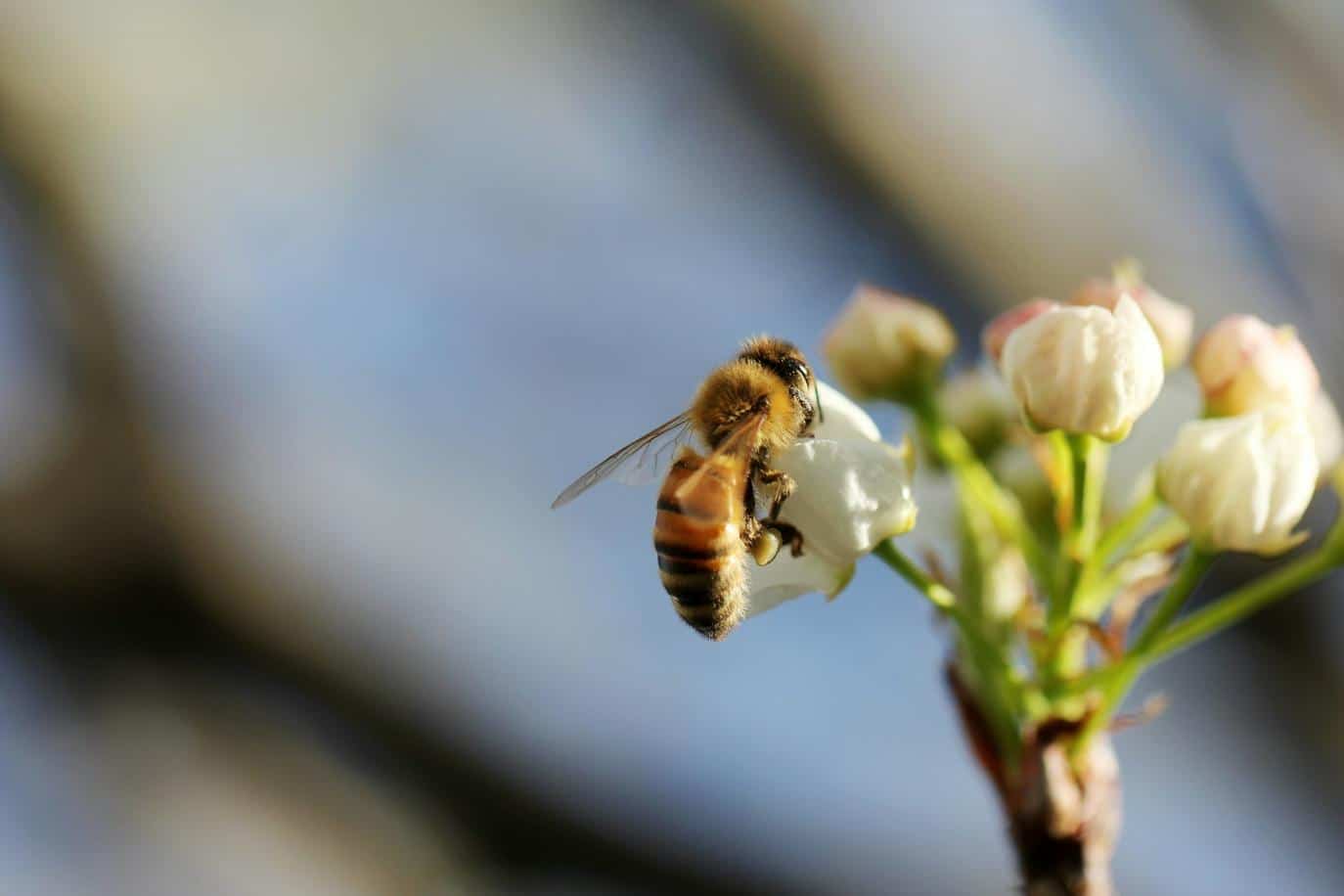Ecological equilibrium is a state in which species interactions, resource cycles, and environmental feedback loops remain stable. This balance is currently at risk. Changing weather conditions disrupt migration signals, while fragmented habitats reduce genetic diversity. The stakes are high: destabilized ecosystems can undermine food security, pollute water systems and weaken climate protection mechanisms. Stability is structural; Without them, human supply chains can be compromised.
Core factors of ecological stability
The abundance of biodiversity acts as a resilience mechanism for nature. A loss of diversity can allow pathogens, pests and invasive species to spread more easily. A 2023 UNEP survey finds that landscapes with higher numbers of native species recover from drought up to 40 percent faster. Nutrient cycling – including nitrogen, phosphorus and carbon – links soil fertility to water health. Disturbances in this exchange can create aquatic “dead zones.” The flow of energy through producers, consumers and decomposers keeps each level calibrated. Slight disturbances can tip the balance toward algal blooms, predator starvation, and collapse. Each of these drivers is interconnected and an imbalance in one can negatively impact the others.
Realignment through innovation
Targeted reforestation is about more than just planting trees. It restores lost corridors and uses drone-controlled seed dispersal to assign species to specific microclimate niches. Gene-assisted restoration using tools like CRISPR reintroduces traits into key species to improve their survival in new hostile conditions. In the Guanacaste region of Costa Rica, satellite-assisted revegetation reversed a decade of forest dieback and restored 65 percent of lost canopy cover in less than five years. The result was not just cosmetic. Feedback loops in rainfall and pollinator patterns began to stabilize, visible in both satellite data and on-site observation.
Human influences on natural scales
Intensive monoculture can simplify landscapes into less diverse grids. Soil degradation in such fields can increase by 300 percent within a decade and lead to groundwater contamination. Building dams can reduce sediment flow, which in turn impacts downstream deltas and can shrink wetlands. Meanwhile, coastal wetland restoration in Louisiana has restored over 13,000 acres of buffer habitat, measurably slowing storm surge damage. Regenerative grazing in Patagonia increased native grass cover by 27 percent and protected soil from wind erosion. At political crossroads, politics can amplify these gains—or accelerate the damage. Consumer demand also determines every purchasing behavior.
Community commitment to ecosystem harmony
Citizen science networks can uncover data that professional institutions may miss for years. Local government groups are encouraging urban planners to incorporate habitat connectivity into urban maps. Education campaigns, when designed to be effective, can change household behavior faster than legislation. In Portland, a community-led urban pollinator corridor created nectar-rich pathways through city blocks, revitalized bee populations and increased urban vegetable yields. This shows that size is not a barrier; A small, organized neighborhood can influence indicators in a regional data set.
Monitoring the stability of nature with data tools
Analysis of satellite images detects subtle stress shifts in vegetation before they lead to habitat loss. Environmental DNA sampling captures the DNA of species from water and soil, detecting changes in biodiversity more quickly than manual surveys. AI-driven biodiversity indices process sighting reports, genetic samples and climate data into real-time stability values. Through partnerships between tech companies and conservation NGOs, these tools are now being transformed into actionable maps for policy bodies. This synthesis of hard data and on-the-ground knowledge transforms surveillance from a passive record into a tool for preventative action.
Strategies to support habitat resilience
Rewilding corridors connect fragmented habitats and enable species to move, reproduce and adapt across restored ranges. In Spain, such corridors increased sightings of native mammals by 38 percent. Agroforestry systems intertwine crops with trees, reducing wind erosion by nearly half while increasing soil organic matter. Green infrastructure in flood-prone cities has reduced peak runoff by up to 25 percent and protected downstream ecosystems from stormwater runoff. These ecological strategies are one way to restore stability; On a personal level, some people also turn to nutritional philosophies and products such as Balance of Nature to support their own well-being.
Ecological successes from practice in the spotlight
In the western basin of Lake Erie, nutrient input controls and coastal wetland reconstruction reduced annual algal bloom severity by 47 percent over seven years. Fish stocks recovered and dissolved oxygen levels stabilized. On Australia's Fraser Island, targeted removal of invasive pine trees and controlled burns sparked a resurgence of native hardwood seedlings. Within five years, canopy density increased by a third, restoring habitat for endangered ground parrots. These examples provide numerical evidence that precise intervention can reset the trajectory.
Diploma
Ignoring ecological balance can lead to increased fragility, while actively managing balance strengthens natural and human systems. Effective resilience depends on continuous monitoring, adaptive responses that evolve in real time, and cross-sector alliances willing to share data and workforce. Future decades will favor those who understand that a sustainable future is determined by the processes of nature itself.
